Ospreys surpass 500 nests in N.J., survey finds
-
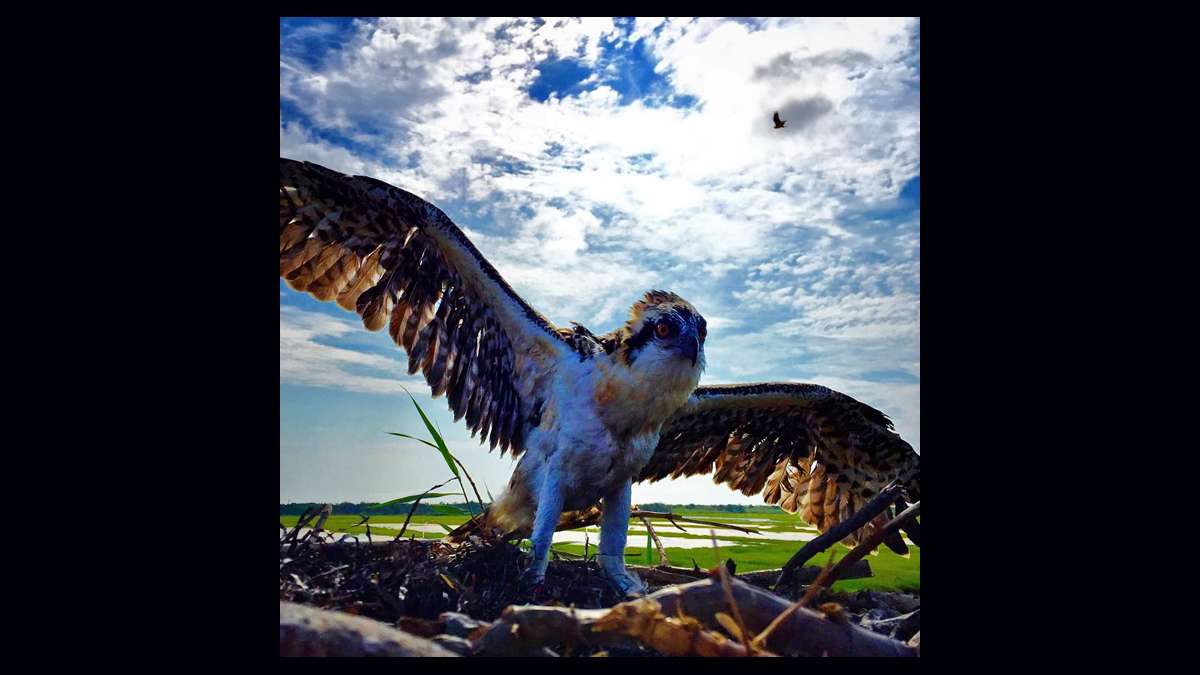
A newly banded nestling and its mother keeping watch above at the Sedge Island Wildlife Management Area in Barnegat Bay. (Justin Auciello for WHYY)
-

-

Another close approach by an osprey while Ben Wurst works in a nest. (Justin Auciello for WHYY)
-
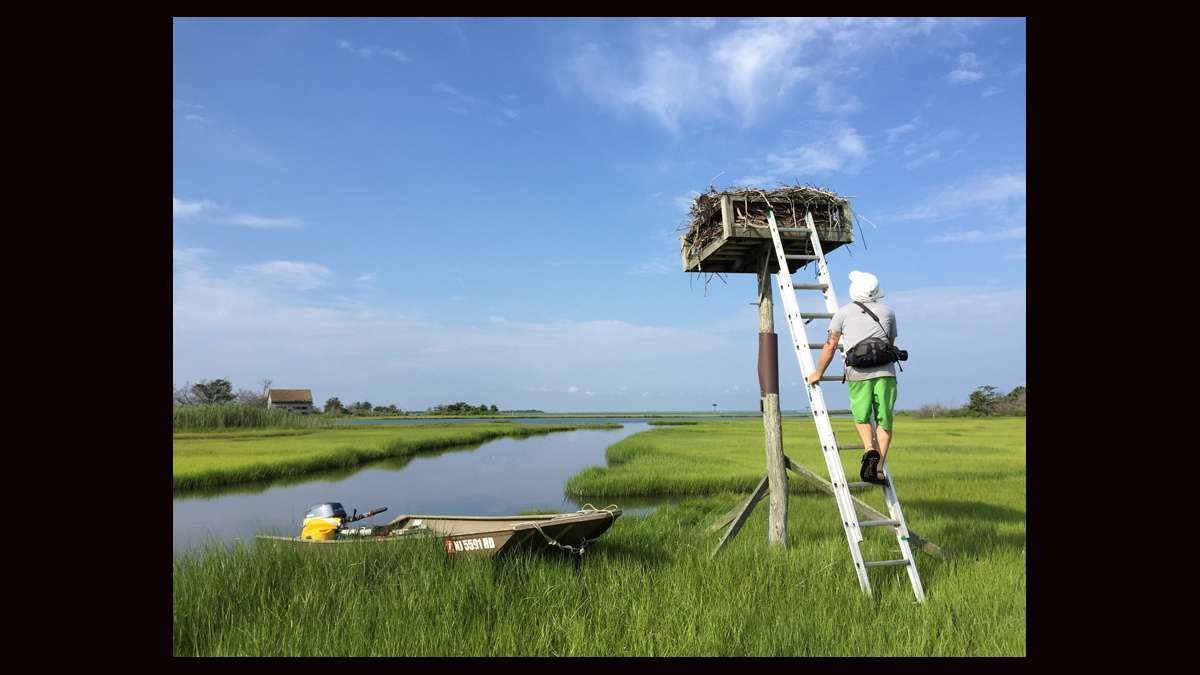
Ben Wurst tagging a chick while the mother osprey passes very close to the nest. (Justin Auciello for WHYY)
-
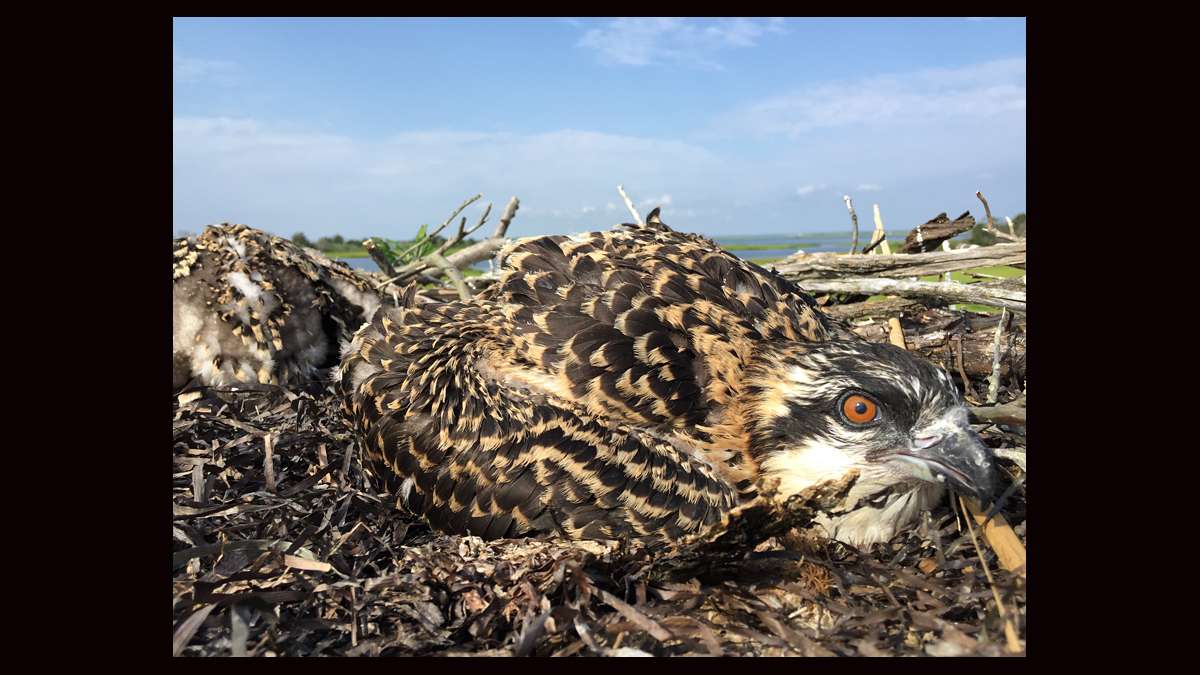
Osprey chicks huddling in the nest. (Justin Auciello for WHYY)
-
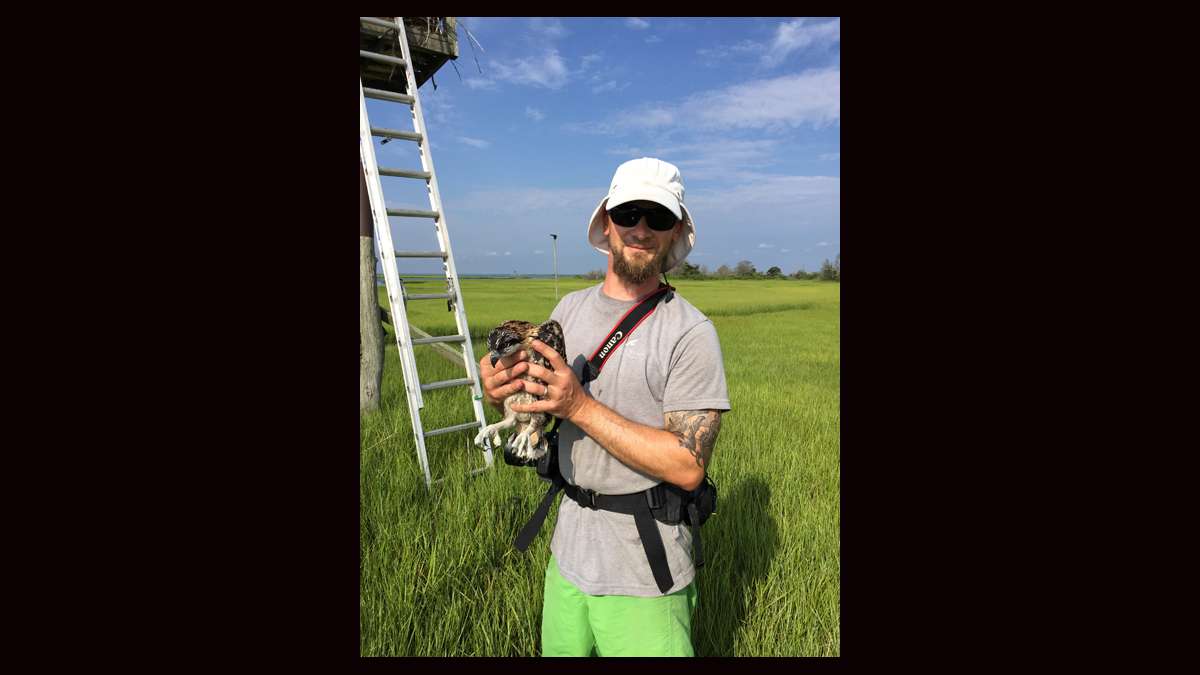
-
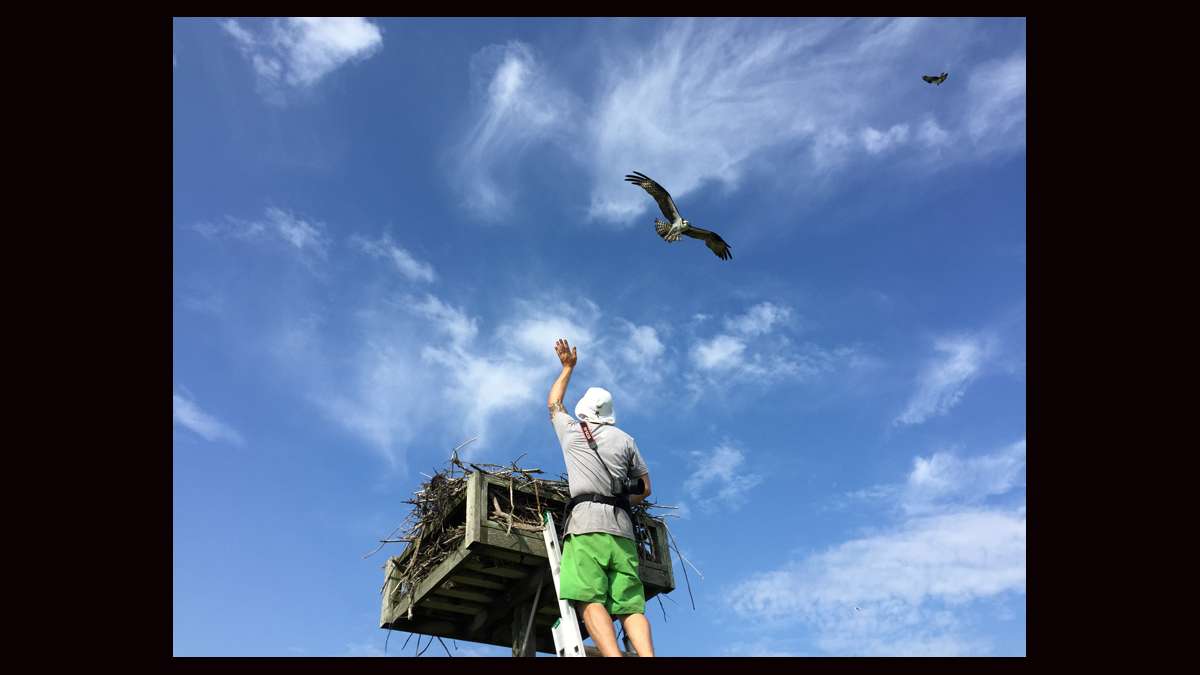
Ben Wurst raises his hand as an osprey approaches the nest. (Justin Auciello for WHYY)
-
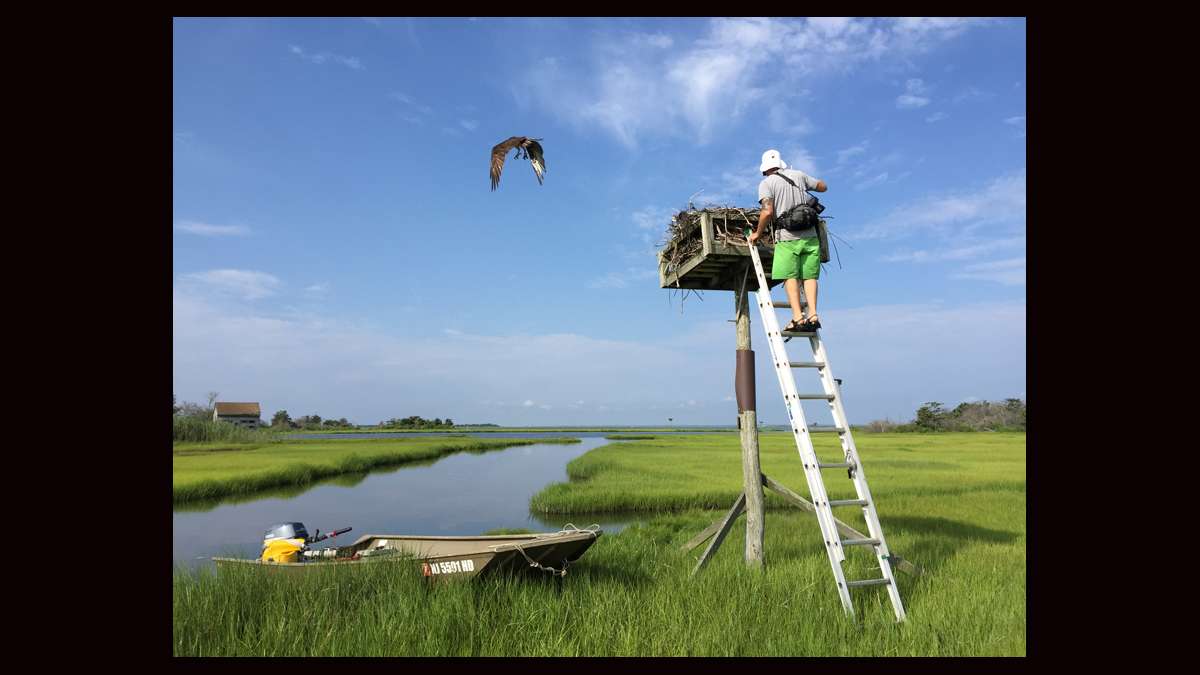
Ben Wurst ready to access an osprey nest. (Justin Auciello for WHYY)
-
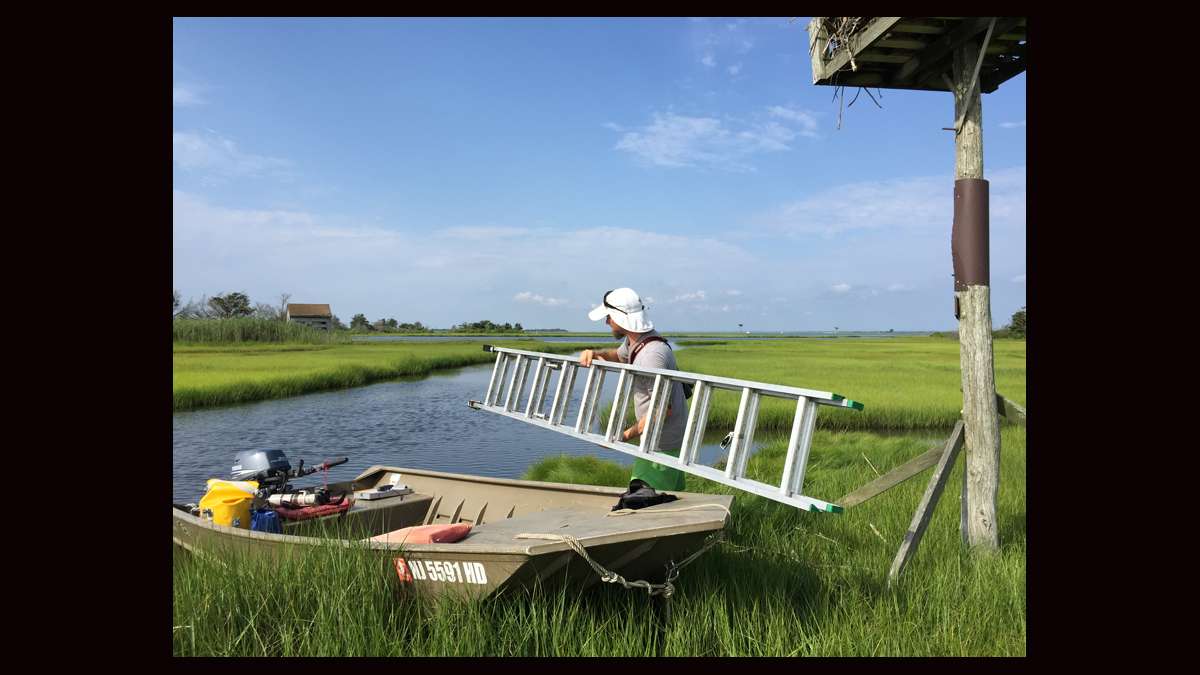
Ben Wurst unloading a ladder from the boat to access an osprey nest. (Justin Auciello for WHYY)
-
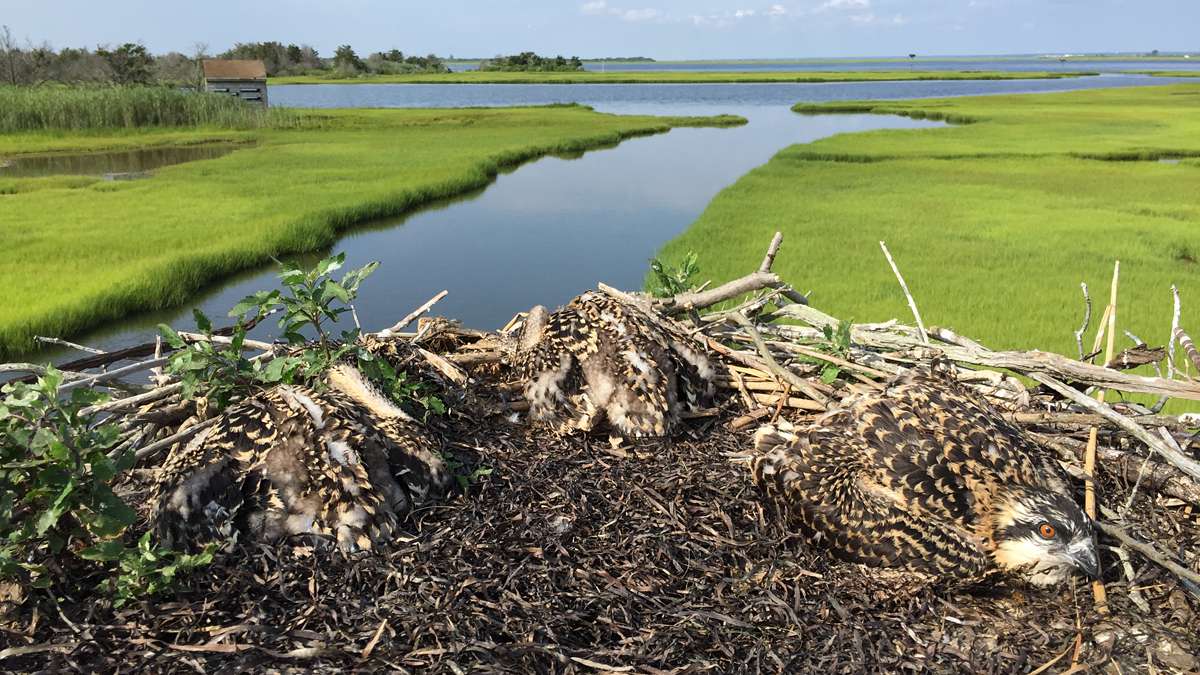
(Justin Auciello for WHYY)
-
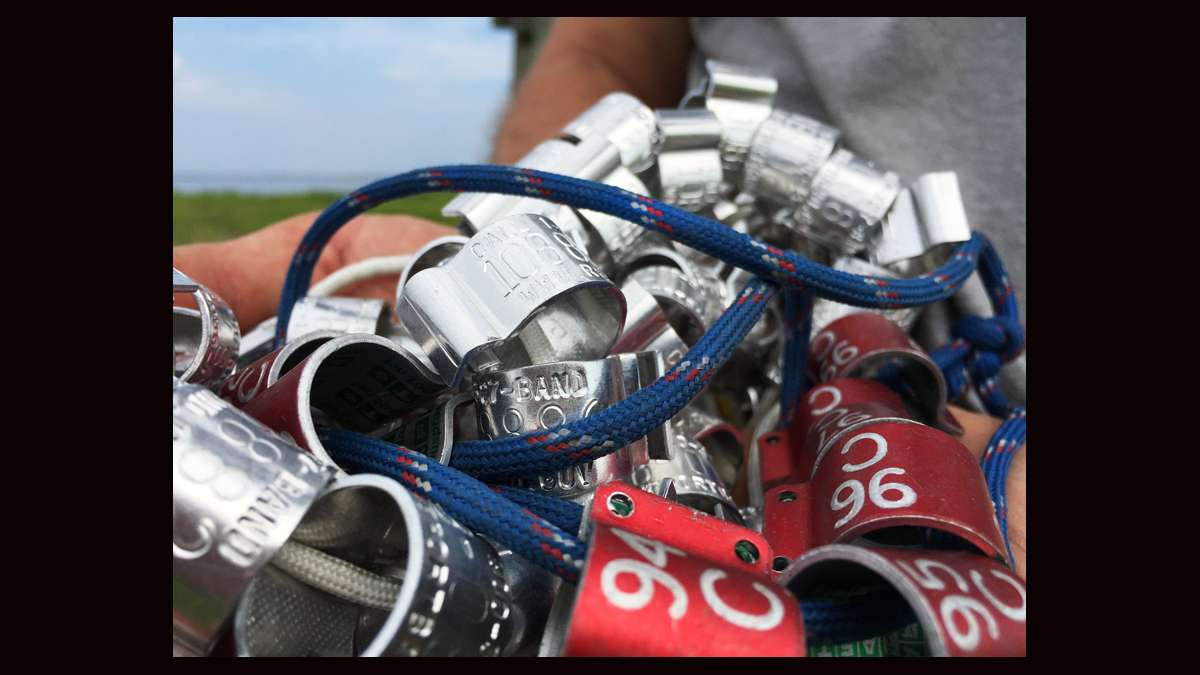
Bands used to identify ospreys. (Justin Auciello for WHYY)
-
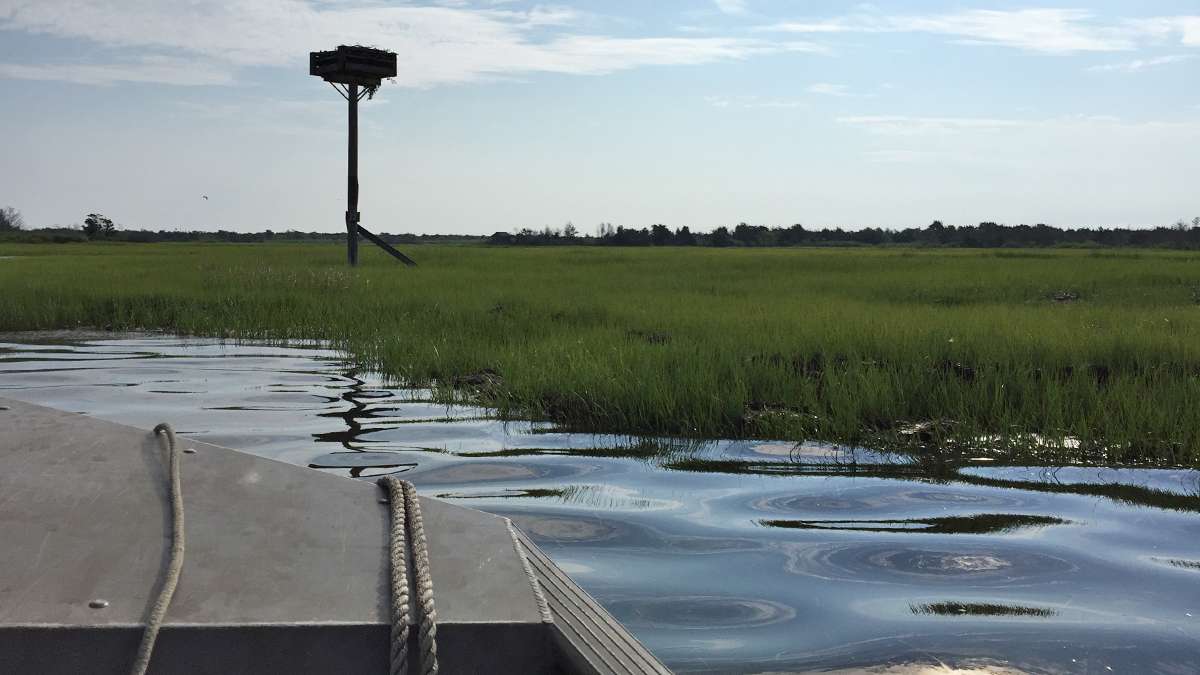
Approaching an osprey nest within Sedges Islands State Wildlife Management Area. (Justin Auciello for WHYY)
-

-
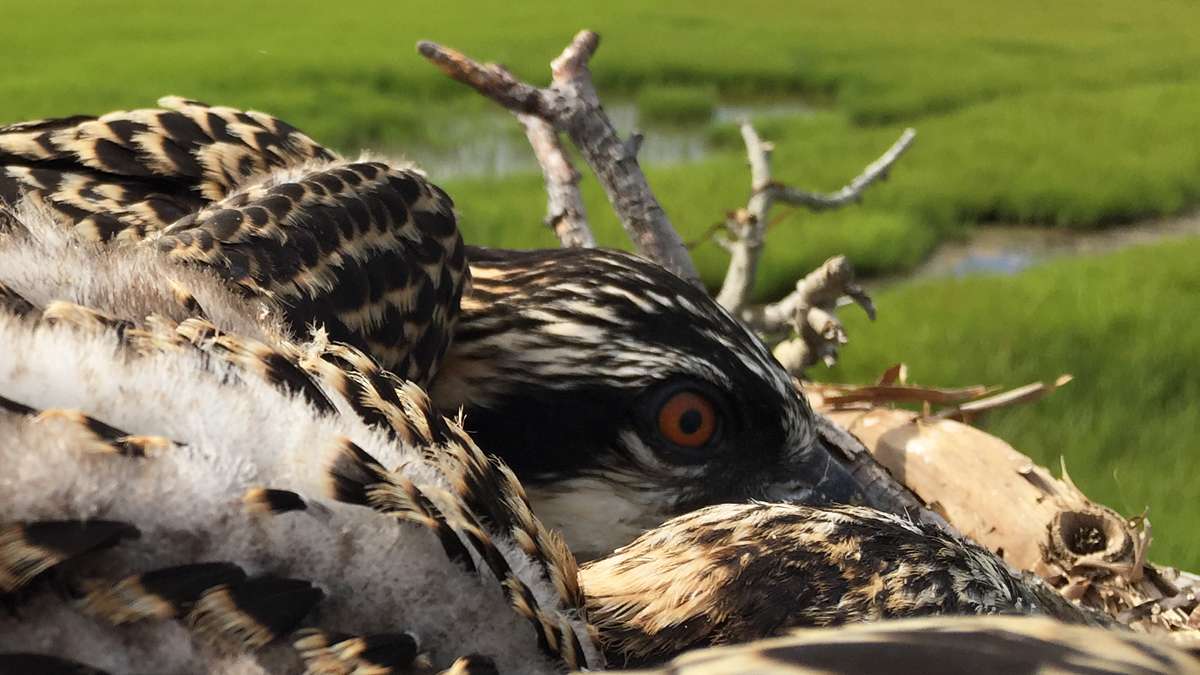
Two osprey chicks huddled together. (Justin Auciello for WHYY)
-
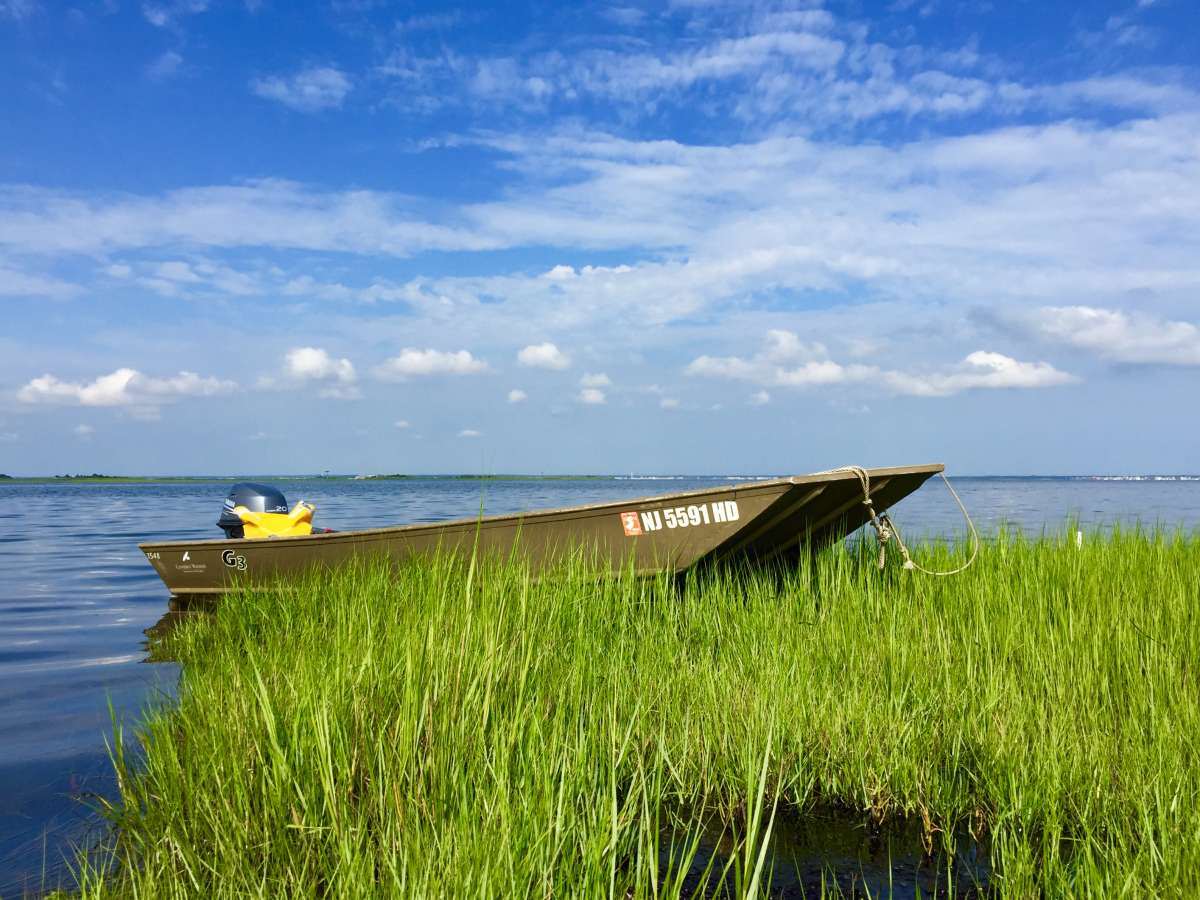
The small boat Ben Wurst uses on his osprey survey and banding missions. (Justin Auciello for WHYY)
-
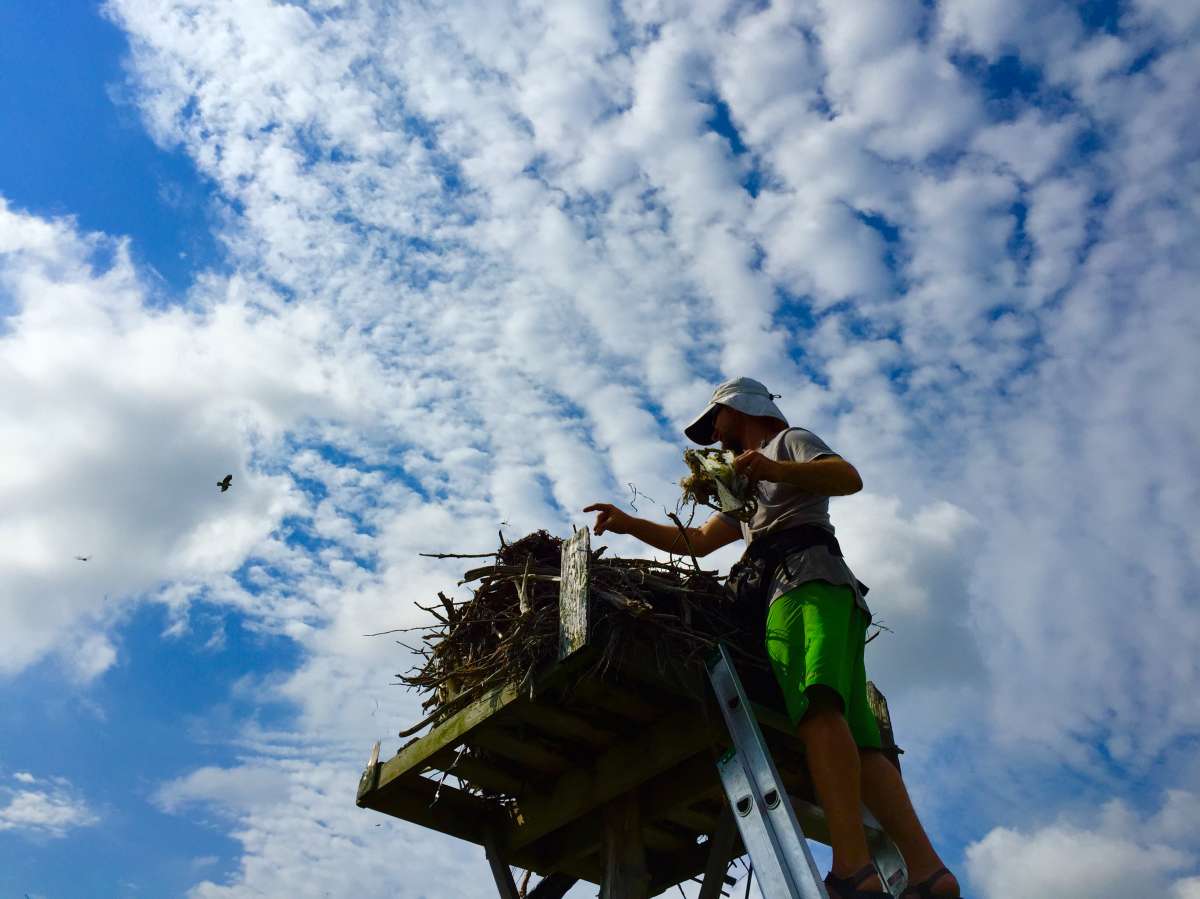
Ben Wurst removing trash from an osprey nest. (Justin Auciello for WHYY)
-
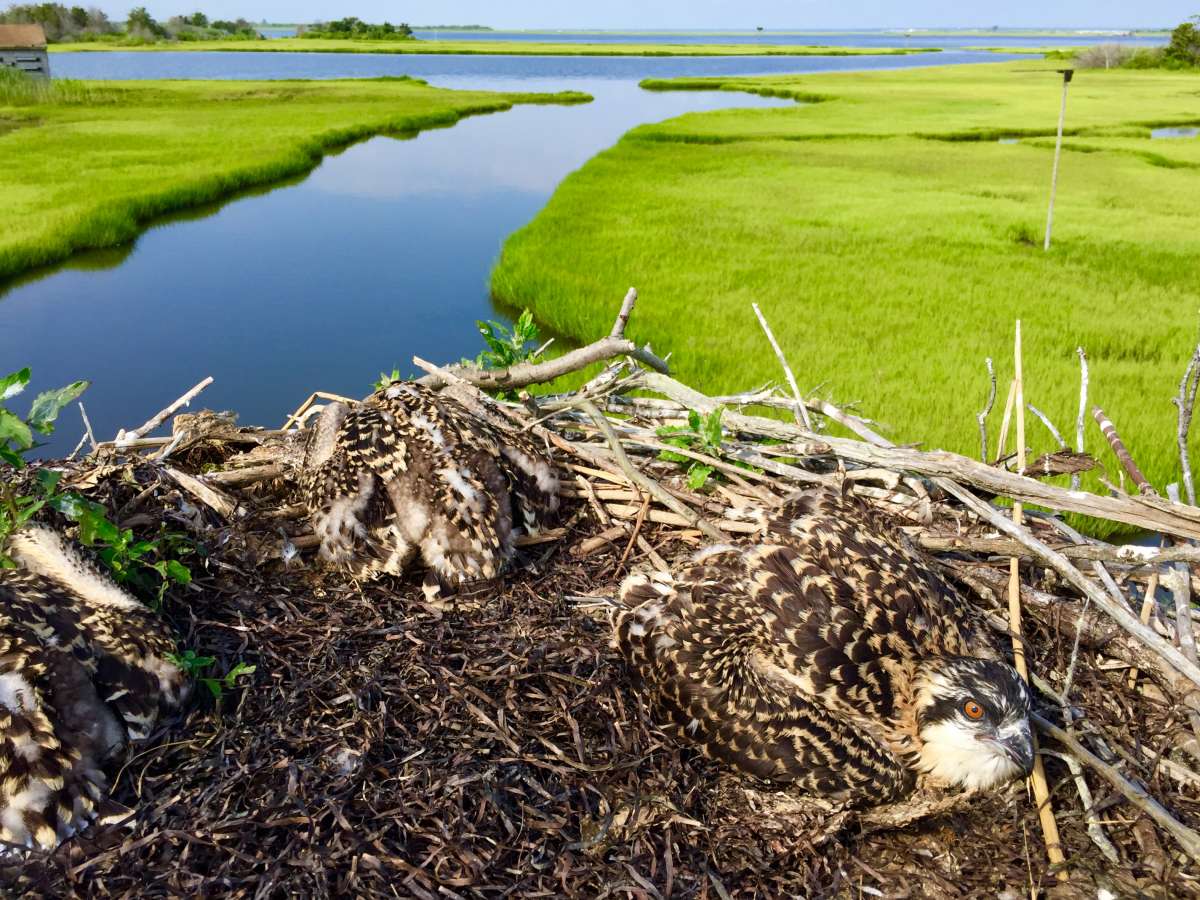
Osprey chicks huddling in the nest. (Justin Auciello for WHYY)
-
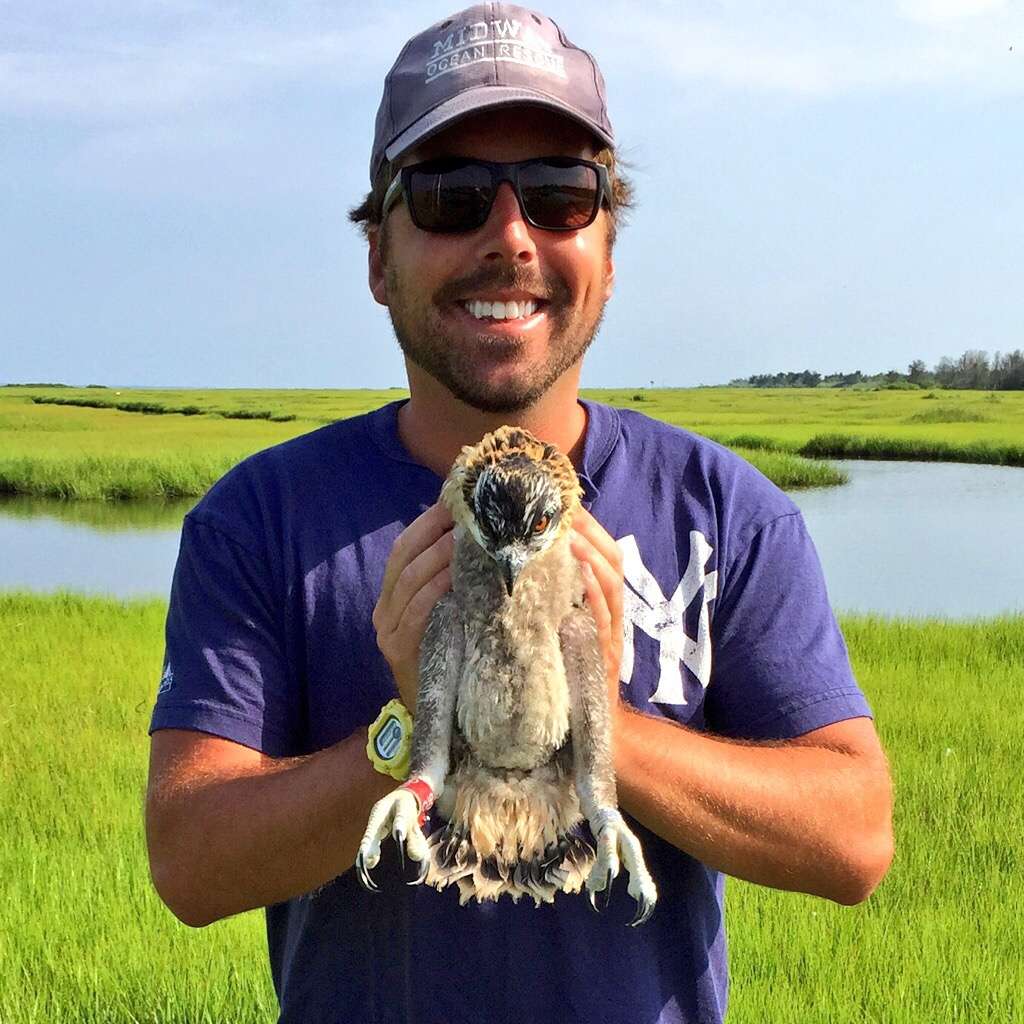
Author Justin Auciello holds an osprey chick. (Photo: Ben Wurst/CWF)
-
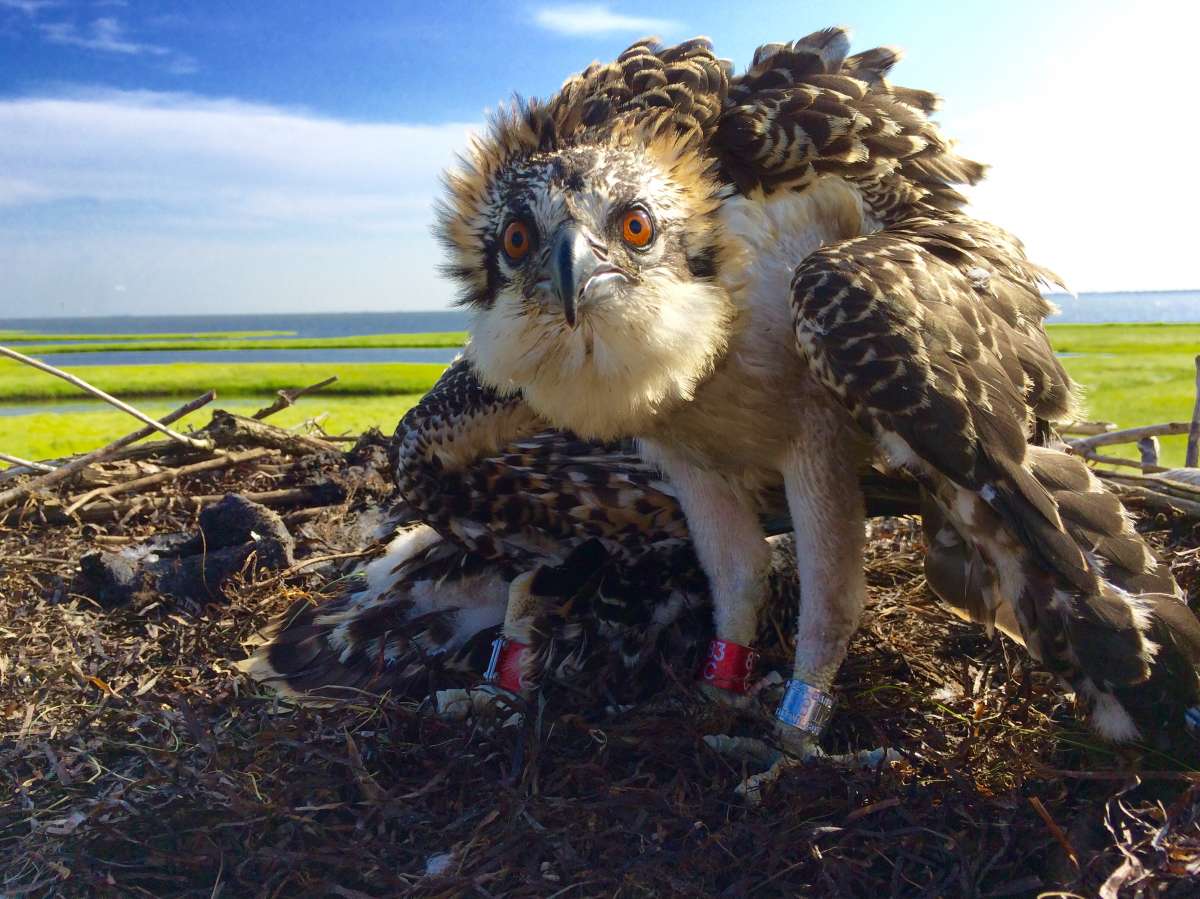
A little teaser of what's to come later in this gallery. This is a curious osprey nestling looking directly into the camera of CWF's Ben Wurst. (Justin Auciello for WHYY)
The New Jersey osprey comeback story added another happy chapter in 2016, a study released by the Conserve Wildlife Foundation (CWF) of New Jersey finds.
Highlights of the 2016 Osprey Report, which provides the number of nesting pairs, active nests, and nest productivity for the raptors throughout New Jersey, include 515 active osprey nests.
The survey examined nearly 80% of the osprey population. Researchers determined the outcome of 376 nests, which produced 670 young ospreys.
Only 50 osprey pairs remained in the state during the early 1970s, nearly eradicated due to pesticide use and habitat loss.
[Related: In Barnegat Bay’s Sedge Islands, ospreys reign]
“At the beginning of nesting surveys each year, I attempt to speculate on how well ospreys are doing. I started this year by simply saying that I’m optimistic for the positive outcome of the nesting season. Well, ospreys made my speculation seem quite dismal,” said CWF Habitat Program Manager Ben Wurst. “I’m astonished by their continued growth while living in very close proximity to humans. I’m thankful for all support that we receive to help carry out this project to monitor and manage ospreys.”
Wurst said a severe storm with winds up to 80 miles per hour damaged 15 osprey nests during peak nestling season in late June. Only one young osprey in the Wildwood colony survived. It was returned to its nest.
New Jersey Department of Environmental Protection Division of Fish and Wildlife biologists, CWF biologists, and dedicated volunteers collected the data between late June and early July.
From the Meadowlands south to Cape May and west along the Delaware Bay, 361 young were banded by volunteers and staff with United States Geological Survey leg bands for future tracking, according to the report.
“Only decades ago, ospreys had drastically declined across New Jersey and the nation, which makes their continuing recovery all the more remarkable,” said CWF Executive Director David Wheeler. “The ospreys’ expansion speaks both to the improving water quality of our estuaries and rivers and the dedication and leadership of our state and CWF biologists and volunteers.”
WHYY is your source for fact-based, in-depth journalism and information. As a nonprofit organization, we rely on financial support from readers like you. Please give today.

